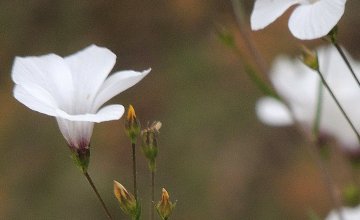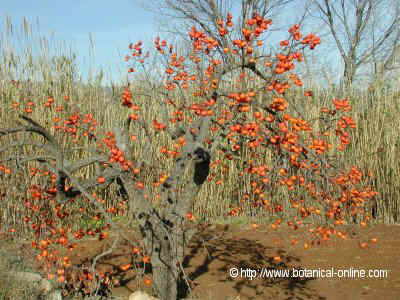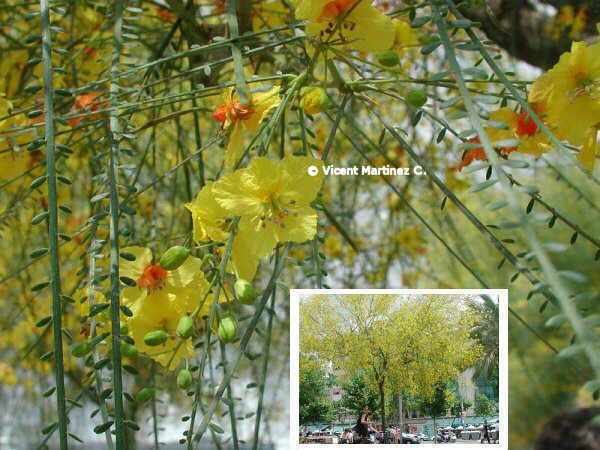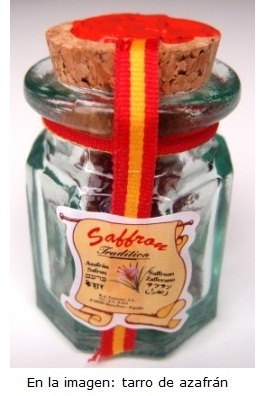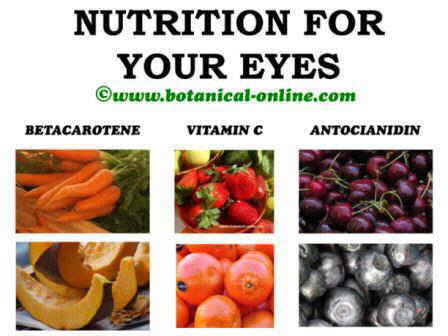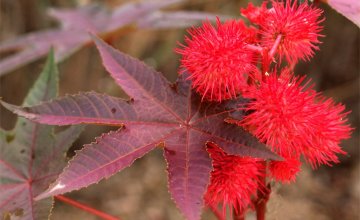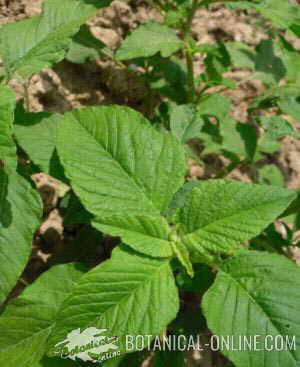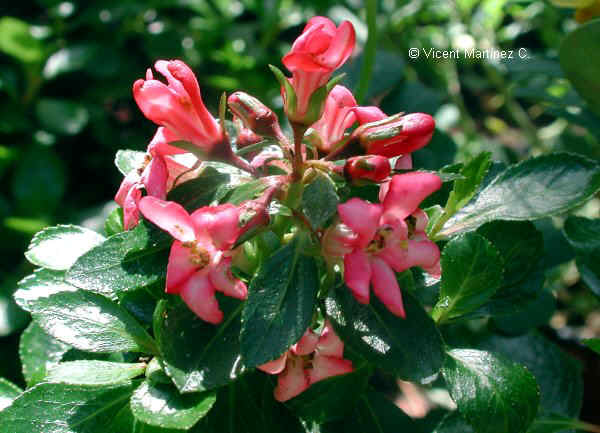Parsley nutritional properties
Why is it good to eat parsley?
Parsley (Petroselinum crispum) is a medicinal and aromatic plant that is widely consumed in Mediterranean cuisine. It belongs to the Umbelliferae family, so it is related to other herbs for food use such as celery, coriander or anise.
What parts of parsley plant are consumed?
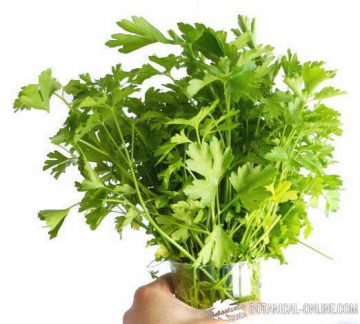
Fresh leaves are generally consumed, because they are more aromatic and have a more intense green color. These can be kept frozen.
In the markets there are also dried, less aromatic parsley leaves, which are used rather ornamentally.
Dried roots and seeds are rarely used as a spice.
What is the aromatic component of parsley?
The aromatic component that characterizes the taste of parsley leaves is called menthatriene. In addition, it also contains other components in its essential oils, such as apiol, myristicin, etc.
Uses of parsley in the kitchen
It is an aromatic, refreshing and green seasoning, ideal for flavoring many dishes, from soups, to vegetables, salads, meats, fish, tortillas, …
It is used to counteract the bad smell of garlic after eating this bulb. For this, fresh leaves are chewed, after meals.
It is suitable to add to vegetable dishes, in order to make them tastier and less flatulent. Similarly, the seeds and dried roots of parsley are used, as a spice, although we know that their consumption is less common.
It is also added to green juices or juices to provide vitamins, chlorophyll and provide its diuretic and antioxidant properties.
Benefits of eating parsley
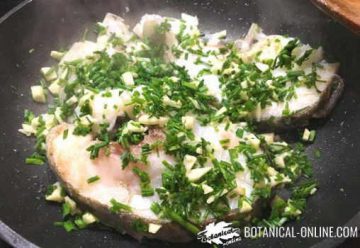
- Refreshing aromatic seasoning
- Rich in the minerals potassium, calcium, magnesium and iron
- Rich in vitamins C, folic acid and vitamin A
- Diuretic properties
- It promotes digestion
- Antioxidant properties
Is parsley a food or a spice?
From an edible point of view, parsley should be considered more as a spice, which is used in small quantities, than as a food, so the nutrients it provides from a nutritional point of view are not too significant.
What vitamins and minerals does parsley contribute?
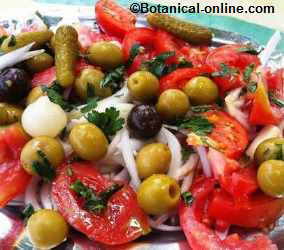
Even parsley is a spice which is eaten in small amounts, as indicated in the table on their nutritional values, parsley is very rich in potassium, calcium, magnesium and iron. It contains a lot of vitamin C and is especially rich in vitamin A and folic acid, so it is recommended in the diet of people with anemia. (See: Parsley for anemia)
On the other hand, it is very low in calories, fats and carbohydrates while presenting a very high percentage of water and antioxidants, which, together with its diuretic capacity, are the main reasons why it is widely used in diets to slim down.
Who is recommended to eat parsley?
Parsley is suitable for all kinds of healthy diets. It is highly recommended to liven up any meal, because it marries all kinds of recipes. People with anemia, decay, fatigue and a lot of stress can be especially benefited by the antioxidant and vitaminic supply of this herb.
It is also very suitable in diets of liver clearance, congested liver, fluid retention, etc.
Parsley nutritional composition
See below the nutritional composition of parsley leaves. Note that it is measured per 100g., And that the dose consumed is usually 10g or even less:
| Table of the nutritional value of parsley leaves per 100g. | |
|---|---|
| Water (g) | 87,7 |
| Calories (Kcal) | 36 |
| Fats (g) | 0,8 |
| Carbohydrates (g) | 6,33 |
| Proteins (g) | 2,97 |
| Fiber (g) | 3,3 |
| Potassium (mg) | 554 |
| Phosphorus (mg) | 58 |
| Sodium (mg) | 56 |
| Calcium (mg) | 138 |
| Selenium (mcg) | 0,1 |
| Magnesium (mg) | 50 |
| Iron (mg) | 6,2 |
| Vitamin C (mg) | 133 |
| Folic acid (vitamin B9) (mcg) | 152 |
| Vitamin A (IU) | 5.200 |
| Vitamin B6 (mg) | 0,09 |
| Thiamin (mg) | 0,09 |
| Riboflavin (mg) | 0,1 |
| Niacin (mg) | 1,3 |
Curative properties of parsley
All ancient authors, both Dioscorides, and Pliny and even Galen, considered parsley as an excellent diuretic. It also stands out as an eupectic, for its properties to whet your appetite. Galen, the father of Western medicine, considered it very beneficial for digestions and recommended it for seasoning lettuce and sauces.
![]() More information on parsley medicinal properties
More information on parsley medicinal properties

